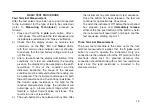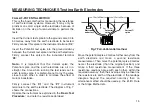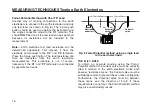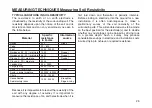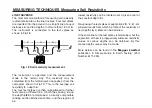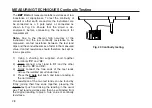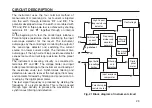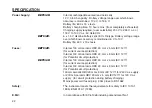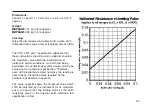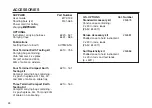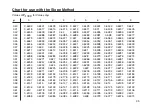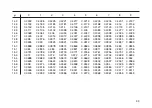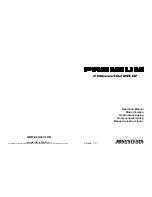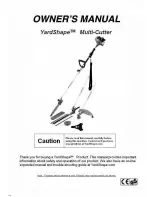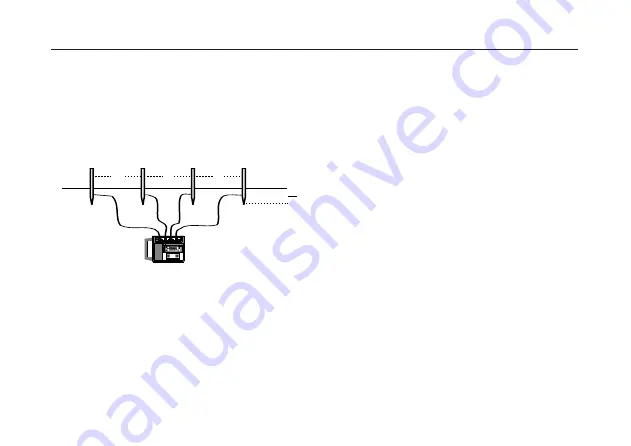
26
LINE TRAVERSE
The most common method of measuring soil resistivity
is often referred to as the line traverse. Four test spikes
are inserted into the ground in a straight line at equal
distances 'a' and to a depth of not more than 1/20 of 'a'.
The instrument is connected to the test spikes as
shown in Fig.18.
Fig. 18 Soil resistivity measurement.
The instrument is operated and the measurement
made in the normal way. The resistivity may be
calculated from the formula given opposite or from the
nomogram shown in Fig.19. This is the average soil
resistivity to a depth 'a'.
The four test spikes are then re-positioned for further
tests along a different line. If both the spacing 'a' and
the depth a/20 are maintained, a directly comparable
reading will be obtained each time, and thus regions of
lowest resistivity can be located over a given area (at
the constant depth 'a').
Re-spacing the test spikes at separations 'b', 'c', 'd', etc
will yield results from which a profile of the resistivity at
new depths b, c, d,etc.can be obtained.
If the same line for the test spikes is maintained, but the
separation of them is progressively widened, resistivity
values at various depths can be obtained. By this
means depth surveys may be made.
More details can be found in the
Megger Limited
publication ‘A Simple Guide to Earth Testing’ (Part
Number 6171-230).
MEASURING TECHNIQUES Measuring Soil Resistivity
k
C1
P2
C2
ES
H
4 POLE
3 POLE
MEASURE RE
P1
ES
MEGGER
MEGGER
®
DET5/4D
DET5/4D
EARTH
EARTH
TESTER
TESTER
a
a
a
C1
P1
P2
C2
a
20
Summary of Contents for DET5/4D
Page 41: ...41...


